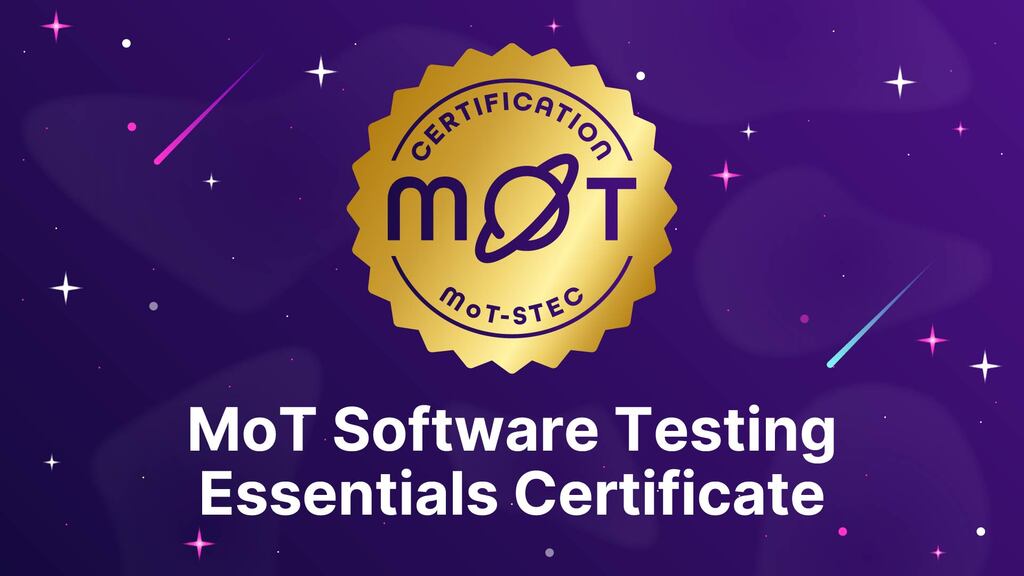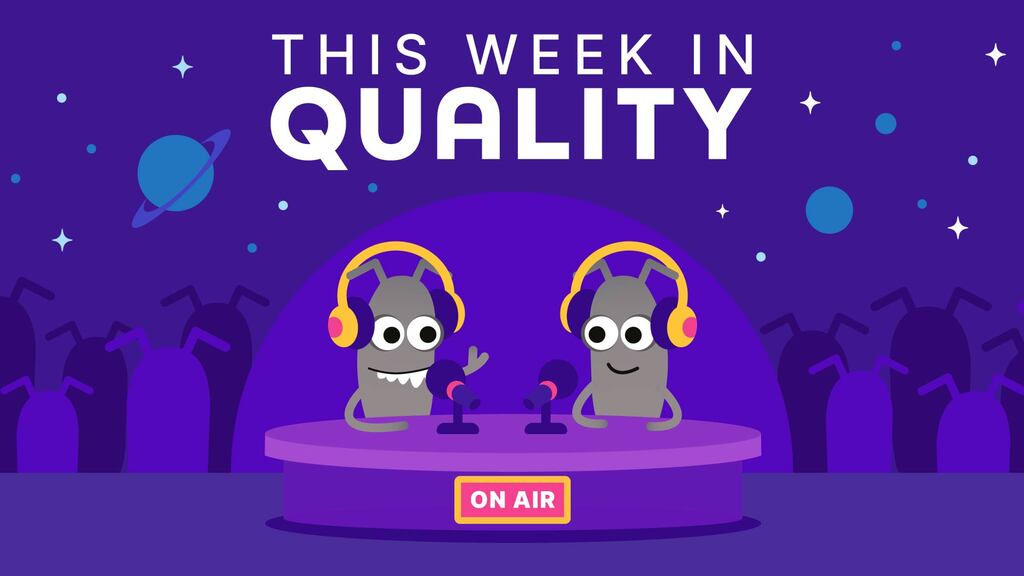"Manual of Me has become an essential tool that I use to communicate with current and future managers, fellow members of my team, and, most importantly, myself. By understanding ourselves and our teams better, we can create safer spaces at work that support us all."
Neurodiverse people make great software testers
When it comes to testing, neurodiverse team members are uniquely equipped to meet the challenges faced on a day-to-day basis. These challenges include strict time constraints, test data management, requirements communication issues, identifying blind spots, and missing documentation (30 Strengths of Neurodiversity, I AM).
Some of the benefits that neurodiverse people can bring to software development teams include: honest, transparent, and upfront communication; a strong eye for detail and organisation; and creative solutions to tough problems. Additionally, by bringing in a diverse range of experience and thinking styles, organisations can set themselves up for success.
Creating safe workplaces for neurodiverse people
However, the benefits of neurodiversity in testing cannot be realised unless everybody is supported at work to do their best. For neurodiverse colleagues, this can include offering adjustments at all stages and designing a custom support package for each team member. Adjustments can include flexibility with respect to working at home and work hours, allowing noise-cancelling headphones and sunglasses in the office, and providing instructions in writing rather than spoken word alone.
Neurodiverse people can struggle with overstimulation, sensory meltdowns, and are at a higher risk of stress, anxiety, and depression. This can cause higher rates of sickness, absence from work, and other health issues. To explain it better, imagine work as an athletic race. Adjustments can remove the hurdles that would not be present in a neurotypical person’s workday. It allows everyone to compete on the same level and have a fair shot.
Adjustments are just one step in the process. If an employee is offered a series of accommodations, such as noise-cancelling headphones, working in quiet spaces or having breaks between meetings, but feels too uncomfortable to use them, they will not be able to benefit from them. In some cases, they may feel pressured to ignore their own boundaries, or may feel excluded from the team. This can pave a one-way road to burnout and high employee turnover. By ensuring that there is a feeling of psychological safety and comfort at work, people are more likely to speak openly about their neurodiversity.
Using the Manual of Me to tell people about you
As a neurodiverse person working in testing, psychological safety is an important factor in how I show up at work. If I feel safe to be myself at work, to "unmask," I'm able to direct that energy into my work (Autistic Masking & Unmasking, Purple Ella). It also reduces the likelihood of burnout, something that neurodiverse people are far more likely to face.
I have found the Manual of Me to be immensely helpful in improving my psychological safety at work. As described on their website, "Manual of Me is a personal user manual - a document that helps others understand how they can work best with you."
Working with the Manual of Me
When creating a Manual of Me for the first time, users are asked questions such as:
- The best way to give me feedback is...
- My absolute requirements to do great work are...
- When I'm dealing with stress, I…
Introspection is not easy, so each question comes with a guide and a set of exercises to get the ball rolling.
By completing my Manual of Me, I learnt about feedback matrixes, listed my “scout badges” (skills I would want to show off to others), created “Convince Me” scenarios, and recorded my work patterns.
Here's an example. My feedback matrix started out like this:
And ended up like this:
Taking the time to review how I work, what value I bring, and what I need and want to succeed allowed me to better understand how I function best. This includes recognising that:
- Morning meetings allow me to focus better
- Receiving timely feedback reduces my anxiety at work
- Dual screens are not just a nice to have; they’re a necessity to support my working memory
Knowledge is power, and learning more about myself has allowed me to advocate more effectively for what I need.
Easy does it: answering all the questions (or not)
While a lot of the questions are useful, some may not be a good fit. It takes time to discover which questions work for you. The first time I worked on the manual, if I came across a tough question, I would get stuck for weeks at a time. Over time I found that it is not necessary and often not useful to answer all the questions provided, and skipping a question or two is not a bad thing. It is much better to take the questions as a guide and to remember that the manual doesn’t need to be completed overnight!
Choose carefully what and how you share
When my manual was ready to share with others for the first time, I did not share directly from the Manual of Me page. I created a separate document that allowed me to format my manual in a way that works better for me, as well as adding information that wasn’t covered by the provided questions. For me, this included information about ADHD and how it affects my work and mental health.
I was also able to format it in my favourite colours and add my flavour. After all, I wanted to make sure it was a true “Manual of Me”!
Choose carefully the people whom you share with
Because the process of creating a Manual of Me can be quite personal, sharing it with your manager and team can be daunting. After all, answering honestly can leave you feeling vulnerable. It can be similar to that feeling of vulnerability that comes with disclosing your diagnosis for the first time. There are many positives to be gained, but it is a very personal decision. Important point: not all information in your Manual of Me must be shared!
An important thing to consider is that, even if you never share your answers, the action of taking the time to understand your working styles will still be beneficial. There may be things that you discover about yourself that you have never put together before. By understanding what helps you at work, you can ask for adjustments and advocate for yourself without sharing details that you may not be comfortable with yet.
Alternatively, sharing your Manual of Me with your manager or team members can assist in opening a discussion about communication and working styles, along with personal passions and drivers. Managers can create their own manuals to share their leadership styles, and it could become a group activity where team members share their answers to particular questions.
Review your Manual of Me every so often
As a final note, just as we as humans are ever-changing, so is what works for you and what drives you. This means that your manual should be treated as a living, breathing document and should be reviewed regularly. By reviewing regularly, you can see how far you’ve come, comparing previous achievements to more recent ones, and seeing how your style has changed.
To wrap up
Manual of Me has become an essential tool that I use to communicate with current and future managers, fellow members of my team, and, most importantly, myself. By understanding ourselves and our teams better, we can create safer spaces at work that support us all.
For more information
- Ask Me Anything: Neurodiversity in Tech, Emily Lienhart
- Be More Empathetic, Krys Catterall
- Discussion: Accessibility, Diversity and Inclusion, Krys Catterall, Ady Stokes, Scott Kenyon





